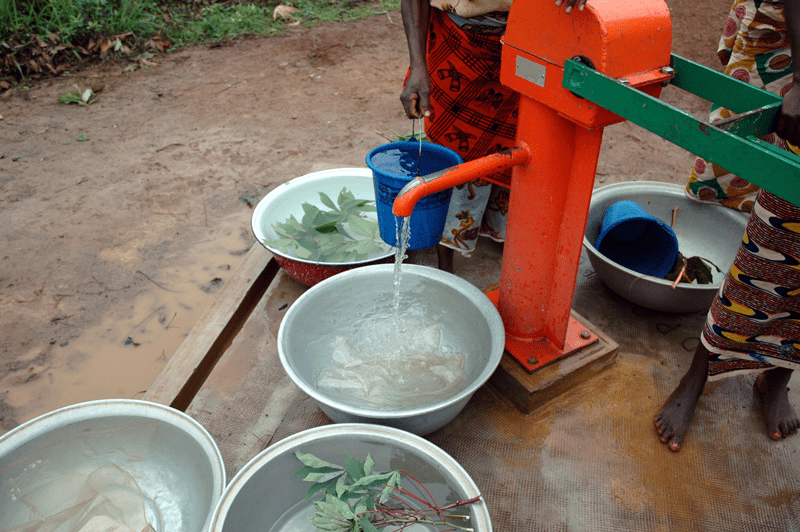Water Finance Facility, endorsed by the Lab in 2016, has signed an MoU with WaterworX to realise cooperation in the Kenyan Water and Sanitation sector. Beyond Kenya, WFF and WaterWorX will partner to build sustainable water facilities in developing countries and help achieve SDG 6 targets by strengthening the capacity of local counterparts to generate investments that increase access to sustainable water services.
Read the full press release from WFF proponent Dutch Ministry of Foreign Affairs, here.

